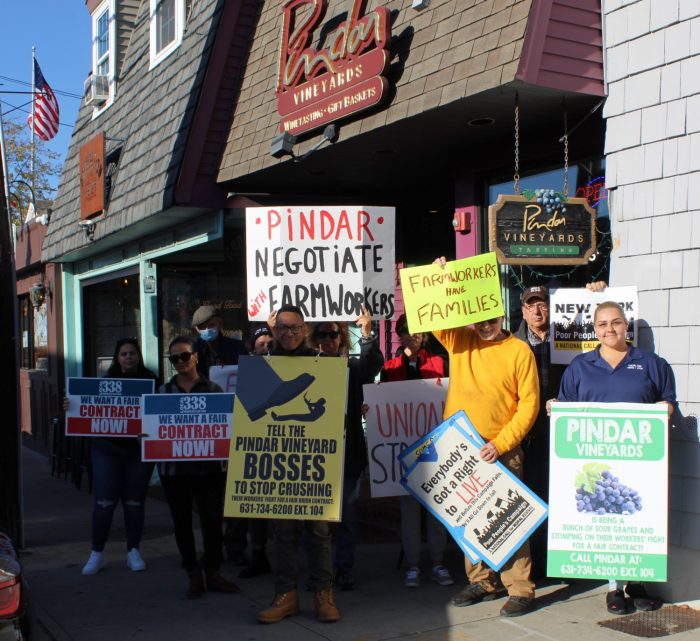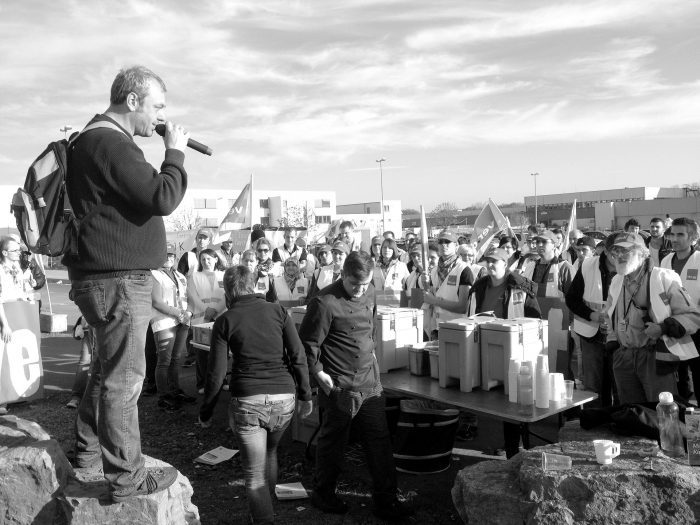On Monday, Sept. 5, Americans took off from work in honor of the contributions made by laborers throughout their national history. This Labor Day was an opportunity to catch up with Martin Cantor, director of the Long Island Center for Socio-Economic Policy. During an exclusive interview, he discussed some of the labor trends on Long Island, the success of remote work and the role of unions today.
How would you describe the current state of the labor force on Long Island?
First, we still haven’t recovered all of the jobs lost during the [COVID-19] pandemic. We’re about 30,000 jobs shy. However, we have a strong labor force — I think we have about 1.5 million people in it. Still, our labor participation rate is not as it once was prior to the pandemic. There are still people on the sidelines.
What labor trends on Long Island do you find most troubling? Also, which trends are most encouraging?
The most troubling is that a lot of our workforce has not come back. The economy cannot expand unless our workforce participation rate increases, and that gives me concern. The other thing that gives me concern is that the Federal Reserve is going to aggressively go after inflation by increasing interest rates. With employee productivity at record lows, that could mean layoffs in the future.
Speaking of layoffs, do you believe there is already a labor shortage on Long Island?
No, I don’t think there’s a labor shortage. I think that if there’s any kind of a shortage, it’s people not wanting to come back to work.
How does the cost of labor factor into these growing economic concerns?
Well, the cost of labor is very important, and that’s part of what caused the inflation. Not only did we have all of that extra money that the federal government put in, but we arbitrarily increased the minimum wage. That led to higher prices in the marketplace.
I’m not denigrating the minimum wage [$15 an hour on the Island] — it’s only $31,000 a year. It’s very difficult for one person to pay for rent, food and electricity living on the minimum wage, but it did have an economic impact.
Do you think that the gradual development of remote work will have a positive long-term effect on the labor force?
Well, it depends where you are. The quick answer is yes. Two things have happened during the pandemic. Number one: Employers learned to have a different business model that didn’t require everybody to come into the office. They were able to reduce the amount of space that they needed to rent.
The other thing was that employees found they could have a better quality of life by working remotely. They didn’t have to commute two hours a day to get into the City. On the other side of the coin, Goldman Sachs just announced that there’s no more remote work and everybody has to come into the office in New York City.
Do you think a schism is emerging between those who work from home and those who go to the office?
I wouldn’t call it a schism, but I will tell you that how people work and how businesses operate have changed. I think that congestion pricing in the City is a big influencer on all of that.
If people don’t want to ride the trains, they usually drive in and have to pay more money. They might insist on working remotely. They also might insist on getting higher wages from employers. Some businesses might relocate out of the City because it is too expensive and too onerous for their employees.
So I think you have several things that will impact where people work and how people work.
How has the relationship between workers and public transit evolved here on Long Island?
I will tell you this: The Long Island Rail Road is [operating] at about 50% less than its prepandemic ridership. I took the train about three weeks ago, and the train was empty. Even when I jumped on the train at Penn Station at about 4:30 — which is normally packed — the train was empty.
What accounts for the popularity of labor unions today?
People have felt this was a very difficult time during the pandemic. Some people have taken a look at life’s choices and are saying, “Hey, I’m not getting paid enough to do this stuff.” They want better benefits, a proper workplace environment and a salary commensurate with their skills. That’s why unionization is at one of its highest points in years.
What is your long-term forecast for the regional economy on Long Island?
Our regional economy is doing well. Historically and even currently, Long Island has always been able to fend off bad economic times. I think we are doing fine and we will be doing fine.






